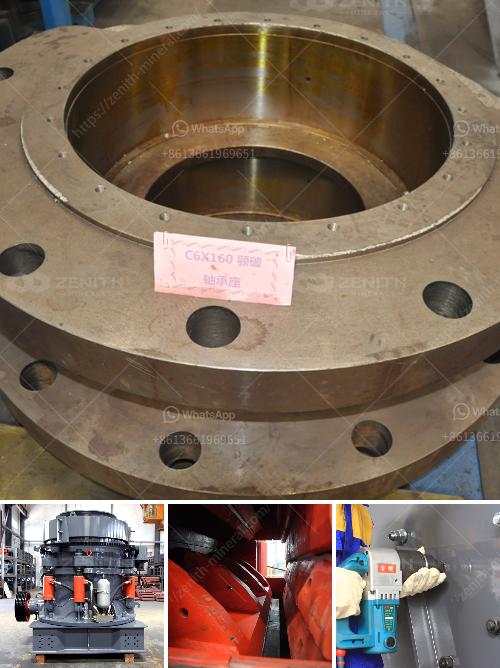A jaw crusher is a type of machine commonly used in the mining and construction industries. Its primary function is to reduce the size of large rocks and other materials into smaller, more manageable pieces. This process is known as crushing, and it is a critical step in various applications, including mining, quarrying, and recycling.
Key Uses of a Jaw Crusher:
-
Primary Crushing:
- Jaw crushers are typically used as primary crushers, meaning they are the first step in the material reduction process. They take large rocks and break them down into smaller pieces that can be further processed by other machines.
-
Material Reduction:
- The main purpose of a jaw crusher is to reduce the size of the material. This is achieved by compressing the material between a fixed jaw and a moving jaw. The moving jaw exerts force on the material, crushing it against the fixed jaw.
-
Versatility:
- Jaw crushers can handle a wide range of materials, including hard and abrasive rocks, ores, and minerals. This makes them suitable for various applications, from mining operations to construction projects.
-
Efficiency:
- Jaw crushers are designed to be efficient and effective at breaking down materials. They can process large volumes of material quickly, making them ideal for high-capacity operations.
-
Recycling:
- In addition to their use in mining and construction, jaw crushers are also used in recycling operations. They can crush concrete, asphalt, and other demolition debris, making it easier to recycle these materials.
-
Size Control:
- The output size of the crushed material can be controlled by adjusting the gap between the jaws. This allows operators to produce materials of specific sizes, which is important for meeting the requirements of different applications.
How a Jaw Crusher Works:
-
Feeding:
- Material is fed into the top of the jaw crusher. This is typically done using a vibrating feeder or a conveyor belt.
-
Crushing:
- The material enters the crushing chamber, where it is compressed between the fixed jaw and the moving jaw. The moving jaw moves in a back-and-forth motion, crushing the material against the fixed jaw.
-
Discharge:
- Once the material is crushed to the desired size, it exits the crusher through the bottom opening. The size of the discharge opening can be adjusted to control the size of the final product.
-
Cycle:
- The crushing process is continuous, with the moving jaw repeatedly compressing and releasing the material. This ensures a steady flow of crushed material.
Types of Jaw Crushers:
-
Single Toggle Jaw Crusher:
- In a single toggle jaw crusher, the moving jaw is supported by an eccentric shaft, which causes it to move in an elliptical motion. This type of crusher is known for its simplicity and reliability.
-
Double Toggle Jaw Crusher:
- In a double toggle jaw crusher, the moving jaw is supported by two toggles, which create a more complex motion. This type of crusher is often used for harder materials and provides a more uniform product size.
Advantages of Using a Jaw Crusher:
-
Durability:
- Jaw crushers are built to withstand heavy-duty use and are known for their durability. They are constructed from high-quality materials that can handle the rigors of crushing hard and abrasive materials.
-
Low Maintenance:
- These machines require minimal maintenance, making them cost-effective over the long term. Regular inspections and simple maintenance tasks can keep a jaw crusher running smoothly.
-
High Throughput:
- Jaw crushers can process large volumes of material quickly, making them ideal for high-capacity operations. This high throughput is essential for meeting production targets in mining and construction projects.
-
Adjustable Output Size:
- The ability to adjust the output size of the crushed material allows operators to produce materials that meet specific requirements. This flexibility is important for various applications.
-
Safety Features:
- Modern jaw crushers are equipped with safety features to protect operators and prevent accidents. These features may include emergency stop buttons, protective guards, and automatic shut-off systems.
In summary, a jaw crusher is a versatile and efficient machine used in various industries to reduce the size of large materials. Its primary function is to crush rocks and other materials into smaller pieces, making them easier to handle and process. With its durability, low maintenance requirements, and high throughput, a jaw crusher is an essential tool in mining, construction, and recycling operations.


